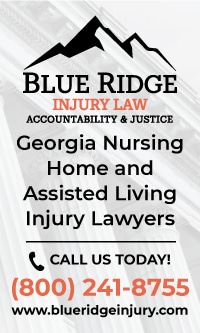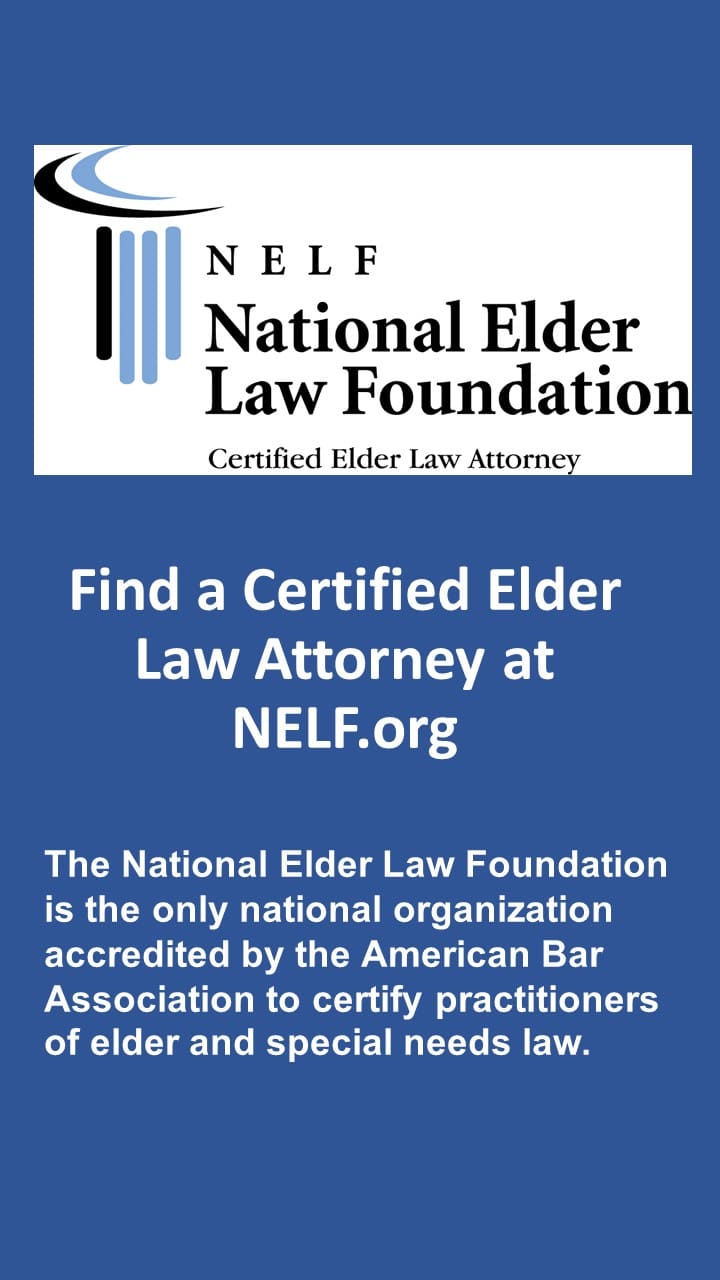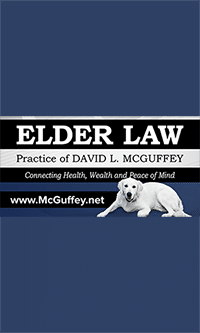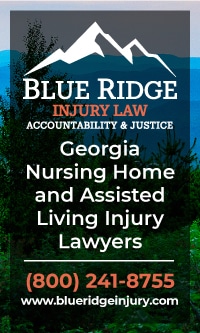Nursing home residents have the right to visitation. Specifically, 42 C.F.R. § 483.10(f) provides that residents have the right to and the facility must promote and facilitate resident self-determination through support of resident choice, including but not limited to the rights specified in paragraphs (f)(1) through (11) of this section.
(4) The resident has a right to receive visitors of his or her choosing at the time of his or her choosing, subject to the resident’s right to deny visitation when applicable, and in a manner that does not impose on the rights of another resident.
(i) The facility must provide immediate access to any resident by –
(A) Any representative of the Secretary,
(B) Any representative of the State,
(C) Any representative of the Office of the State long term care ombudsman, (established under section 712 of the Older Americans Act of 1965, as amended 2016 (42 U.S.C. 3001 et seq.),
(D) The resident’s individual physician,
(E) Any representative of the protection and advocacy systems, as designated by the state, and as established under the Developmental Disabilities Assistance and Bill of Rights Act of 2000 (42 U.S.C. 15001 et seq.),
(F) Any representative of the agency responsible for the protection and advocacy system for individuals with a mental disorder (established under the Protection and Advocacy for Mentally Ill Individuals Act of 2000 (42 U.S.C. 10801 et seq.), and
(G) The resident representative.
(ii) The facility must provide immediate access to a resident by immediate family and other relatives of the resident, subject to the resident’s right to deny or withdraw consent at any time;
(iii) The facility must provide immediate access to a resident by others who are visiting with the consent of the resident, subject to reasonable clinical and safety restrictions and the resident’s right to deny or withdraw consent at any time;
(iv) The facility must provide reasonable access to a resident by any entity or individual that provides health, social, legal, or other services to the resident, subject to the resident’s right to deny or withdraw consent at any time; and
(v) The facility must have written policies and procedures regarding the visitation rights of residents, including those setting forth any clinically necessary or reasonable restriction or limitation or safety restriction or limitation, when such limitations may apply consistent with the requirements of this subpart, that the facility may need to place on such rights and the reasons for the clinical or safety restriction or limitation.
(vi) A facility must meet the following requirements:
(A) Inform each resident (or resident representative, where appropriate) of his or her visitation rights and related facility policy and procedures, including any clinical or safety restriction or limitation on such rights, consistent with the requirements of this subpart, the reasons for the restriction or limitation, and to whom the restrictions apply, when he or she is informed of his or her other rights under this section.
(B) Inform each resident of the right, subject to his or her consent, to receive the visitors whom he or she designates, including, but not limited to, a spouse (including a same-sex spouse), a domestic partner (including a same-sex domestic partner), another family member, or a friend, and his or her right to withdraw or deny such consent at any time.
(C) Not restrict, limit, or otherwise deny visitation privileges on the basis of race, color, national origin, religion, sex, gender identity, sexual orientation, or disability.
(D) Ensure that all visitors enjoy full and equal visitation privileges consistent with resident preferences.
Guidance
The facility must provide immediate access to the resident by the resident’s physician, representative, and various state and federal officials and organizations as outlined in the regulation, which would include state and federal surveyors.
Surveyors are considered representatives of the Secretary and/or the State. Facility staff cannot prohibit surveyors from talking to residents, family members, and resident representatives.
NOTE: If facility staff attempt to interfere with the survey process and restrict a surveyor’s ability to gather necessary information to determine compliance with requirements, surveyors should consult with the CMS Regional Office.
“Reasonable clinical and safety restrictions” include a facility’s policies, procedures or practices that protect the health and security of all residents and staff. These may include, but are not be limited to:
-
- Restrictions placed to prevent community-associated infection or communicable disease transmission to one or more residents. A resident’s risk factors for infection (e.g., immunocompromised condition) or current health state (e.g., end-of-life care) should be considered when restricting visitors.
- In general, visitors with signs and symptoms of a transmissible infection (e.g., a visitor is febrile and exhibiting signs and symptoms of an influenza-like illness) should defer visitation until he or she is no longer potentially infectious (e.g., 24 hours after resolution of fever without antipyretic medication), or according to CDC guidelines, and/or local health department recommendations.
- Keeping the facility locked or secured at night with a system in place for allowing visitors approved by the resident;
- Denying access or providing limited and supervised access to an individual if that individual is suspected of abusing, exploiting, or coercing a resident until an investigation into the allegation has been completed or has been found to be abusing, exploiting, or coercing a resident;
- Denying access to individuals who have been found to have been committing criminal acts such as theft;
- Denying access to individuals who are inebriated or disruptive; or
- Denying access or providing supervised visitation to individuals who have a history of bringing illegal substances into the facility which places residents’ health and safety at risk.
Visitation Considerations During a Communicable Disease Outbreak
Facilities may need to modify their visitation practices when there are infectious outbreaks or pandemics to align with current CMS guidance and CDC guidelines that enables maximum visitation, such as by:
-
- Offering options for outdoor or virtual visitation, or indoor designated visitation areas
- Providing adequate signage with instructions for infection prevention, i.e. hand hygiene, cough etiquette, etc.
- Ensuring access to hand hygiene supplies
- Taking other actions that would allow visitation to continue to occur safely in spite of the presence of a contagious infection
- Contacting their local health authorities for guidance or direction on how to structure their visitation to reduce the risk of communicable disease transmission during an outbreak
During an infectious disease outbreak, while not recommended, residents who are on transmission-based precautions (TBP) can still receive visitors. In these cases, before visiting residents who are on TBP, visitors should be made aware of the potential risk of visiting and precautions necessary in order to visit the resident. Visitors should adhere to principles of infection prevention.
For purposes of this regulation, immediate family is not restricted to individuals united by blood, adoptive, or marital ties, or a State’s common law equivalent. It is important to understand that there are many types of families, each of which being equally viable as a supportive, caring unit. For example, it might also include a foster family where one or more adult serves as a temporary guardian for one or more children to whom they may or may not be biologically related.
Residents have the right to define their family. During the admissions process, facility staff should discuss this issue with the resident. If the resident is unable to express or communicate whom they identify as family, facility staff should discuss this with the resident’s representative.
Resident’s family members are not subject to visiting hour limitations or other restrictions not imposed by the resident, with the exception of reasonable clinical and safety restrictions, consistent with §483.10(f)(4)(v), placed by the facility based on recommendations of CMS, CDC, or the local health department. With the consent of the resident, facilities must provide 24-hour access to other non-relative visitors, subject to reasonable clinical and safety restrictions. Visitation should be person-centered, consider the residents’ physical, mental, and psychosocial well-being, and support their quality of life.
If these familial visitation rights infringe upon the rights of other residents, facility staff must find a location other than a resident’s room for visits. For example, if a resident’s family visits in the late evening when the resident’s roommate is asleep, then the visit should take place somewhere other than their shared room so that the roommate is not disturbed.
Individuals who provide health, social, legal, or other services to the resident have the right of reasonable access to the resident. Facility staff must provide space and privacy for such visits.
Visitation and Illegal Substance Use
It is important for facility staff to have knowledge of signs, symptoms, and triggers of possible illegal substance use such as changes in resident behavior, particularly after interaction with visitors or leaves of absence, increased unexplained drowsiness, lack of coordination, slurred speech, mood changes, and/or loss of consciousness, etc. Following such occurrences, this may include asking residents, who appear to have used an illegal substance (e.g., cocaine, hallucinogens, heroin), whether or not they possess or have used an illegal substance.
If the facility determines illegal substances have been brought into the facility by a visitor, the facility should not act as an arm of law enforcement. Rather, in accordance with state laws, these cases may warrant a referral to local law enforcement. To protect the health and safety of
residents, facilities may need to provide additional monitoring and supervision. Additionally, facility staff should not conduct searches of a resident or their personal belongings, unless the resident or resident representative agrees to a voluntary search and understands the reason for the search. For concerns related to the identification of risk and the provision of supervision to prevent accidental overdose, investigate potential non-compliance at F689, §483.25(d) – Accidents.
For concerns related to the behavioral health services that are provided, investigate potential non-compliance at F740, §483.40 – Behavioral Health Services.
Procedures
- Through interviews with residents, their representative, family members, visitors and others as permitted under this requirement, determine if they know that they are able to visit 24-hours a day, subject to a resident’s choice and reasonable restrictions as defined above.
- Review the facility’s written visitation policy and procedures to determine whether they support the resident’s right to visitors and whether they explain those situations where visitors may be restricted due to clinical or safety concerns.
- If a concern is identified, interview facility staff to determine how they ensure 24-hour or immediate access as permitted under these requirements.
Examples of noncompliance may include, but are not limited to:
- Facility staff restrict visitors according to the facility’s convenience.
- Facility staff restrict the rights of a resident to receive visitors, even though this would not affect the rights of other residents.
- Facility staff restrict visitors based on expressed wishes of an individual who is a health care power of attorney who does not have the authority to restrict visitation.
- A posting or inclusion in the resident handbook or other information provided by the facility, of visiting hours not in compliance with this regulation.
Guidance regarding Subsection (f)(4)(vi)
All residents have the right to visitors in accordance to their preferences. The facility policy for restricting or limiting visitors must be communicated to the resident. If limitations are placed on a resident’s visitation rights, the clinical or safety reasons for the limitations and the specific individuals the restriction applies to must be communicated to the resident or resident representative in a manner he or she understands.
Facility staff may not place limitations on a resident based solely on their status as a justice involved resident or as a part of restrictive law enforcement requirements, such as conditions of probation or parole. See §483.10(a), F550, Resident Rights for guidance on justice involved residents.
Procedures
Through interviews with residents and/or their representatives, determine how they were informed of their visitation rights and related policies and procedures, including their right to consent to receive or deny visitors he or she designates, any clinical or safety restriction, or limitation on such rights imposed by the facility.
Determine if the facility has ensured visitation rights consistent with resident preference.
Examples of noncompliance may include, but are not limited to:
-
- Prohibiting a resident from having visits from his or her spouse or domestic partner, including a same-sex spouse or partner.
- Facility staff did not inform a resident, the family, and/or resident representative of their visitation rights, including any restrictions or limitations of these rights that may be imposed by the facility or the resident, the family, and/or resident representative;
Facility staff denied, limited or restricted a resident’s visitation privileges contrary to their choices, even though there were no clinical or safety reasons for doing so.





